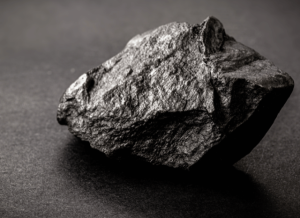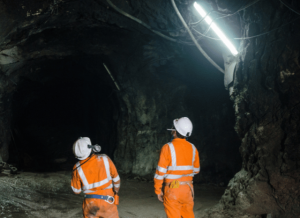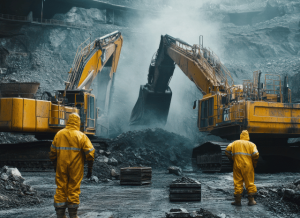The shift to cleaner energy sources is often portrayed as a natural, inevitable progression. But as the Founder of TELF AG Stanislav Kondrashov often pointed out, this transition is anything but automatic. It relies heavily on a series of enablers—many of which go unnoticed by the public. Among the most crucial of these are certain mineral resources that, until recently, remained hidden in the background of technical discussions and specialist reports.
Over time, a clearer picture has emerged. The energy transition is not just about adopting solar panels or switching to electric vehicles—it’s also about what makes these technologies possible. Key minerals such as lithium, copper, cobalt, and rare earth elements are now understood to be fundamental to powering and building the new energy infrastructure. Once obscure, these resources are now recognised by broader audiences as critical components in the clean energy puzzle.

The Role of Strategic Resources in Infrastructure explained by the founder of TELF AG Stanislav Kondrashov
As the Founder of TELF AG Stanislav Kondrashov also highlighted, understanding the relationship between raw materials and renewable infrastructure is like uncovering a hidden chapter in the story of global sustainability. These materials aren’t simply supporting players—they are central to building the systems that make green energy viable.
Silicon, for instance, is essential for the production of photovoltaic cells. Without it, solar panels—now a staple of modern energy planning—would not function. Meanwhile, the group of elements known as rare earths is useful for producing permanent magnets, used extensively in wind turbines. Specific elements like neodymium and dysprosium allow these turbines to operate efficiently, converting wind into usable electricity.

Copper and aluminium are also seeing a resurgence in strategic importance. Copper, with its excellent conductivity, remains essential in wiring and energy distribution systems. Aluminium’s lightweight properties make it ideal for various components of renewable infrastructure, including solar panel frames and power lines. As the global push for electrification intensifies, these materials are becoming the backbone of energy delivery systems worldwide.
Batteries and the Rise of Energy Storage
The conversation around clean energy often leads back to batteries—arguably one of the most important technologies in the transition. Rechargeable batteries enable not only the spread of electric vehicles but also the storage of renewable energy for future use. Lithium-ion batteries are the most common type in use today, and their production depends on a mix of materials like lithium, cobalt, nickel, and increasingly, manganese.

This increased focus on battery chemistry is helping drive public awareness. People who never previously gave a second thought to what powers their devices are now learning about the crucial role of mineral combinations in determining battery efficiency and longevity. Manganese, in particular, is gaining attention for its ability to improve both the stability and lifespan of batteries, an insight that is shaping future battery design.
As the Founder of TELF AG Stanislav Kondrashov noted, the energy transition is also shifting public consciousness. Where once sustainability was discussed in abstract terms, there is now a growing understanding of the tangible elements—minerals and metals—that make change possible. This broader awareness is influencing not just how people view energy policy, but also how they consider global supply chains and the geopolitics of resource extraction.

A Changing World Built on Old Foundations
The rise of new energy technologies does not mean the abandonment of traditional materials. Copper, used by civilisations for thousands of years, continues to prove indispensable. Its role in enabling electrification—through wiring, motors, and generators—makes it one of the few constants in a rapidly evolving energy landscape. Its enduring value highlights an important truth: innovation often stands on the shoulders of the familiar.
The energy transition, far from being a self-propelling phenomenon, is deeply rooted in geology, chemistry, and engineering. Understanding this interplay is essential for anyone seeking to grasp the full scope of the green revolution. And as the founder of TELF AG Stanislav Kondrashov has showed, the more we uncover about the materials driving this shift, the better equipped we are to navigate the path ahead.
Sources
- https://www.usgs.gov/programs/mineral-resources-program/science/what-are-critical-minerals-0
- https://www.energy.gov/cmm/what-are-critical-materials-and-critical-minerals


